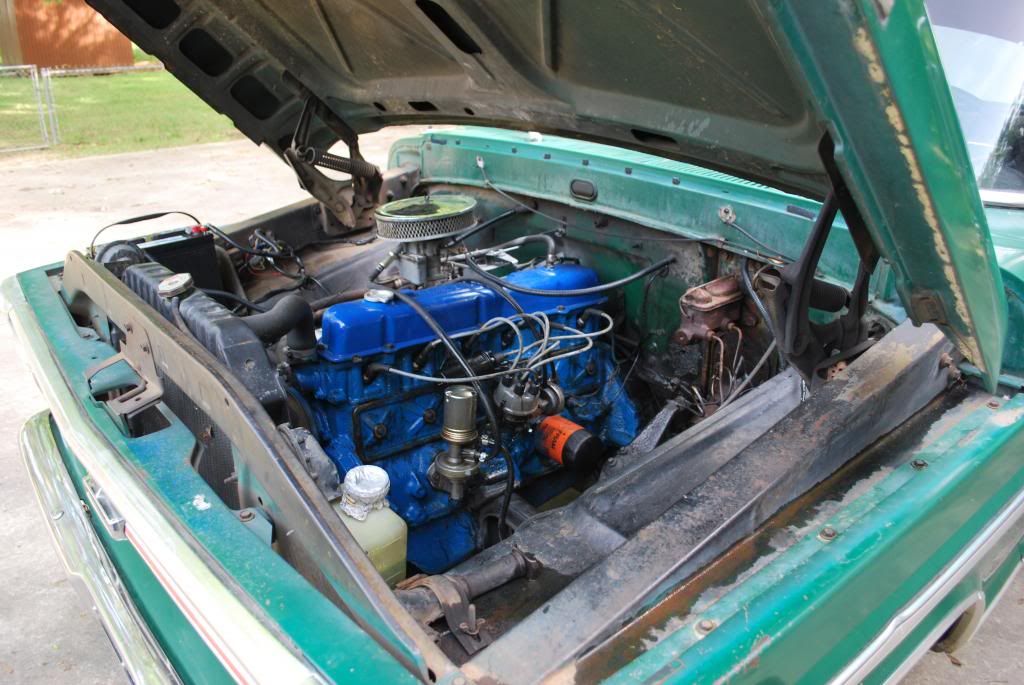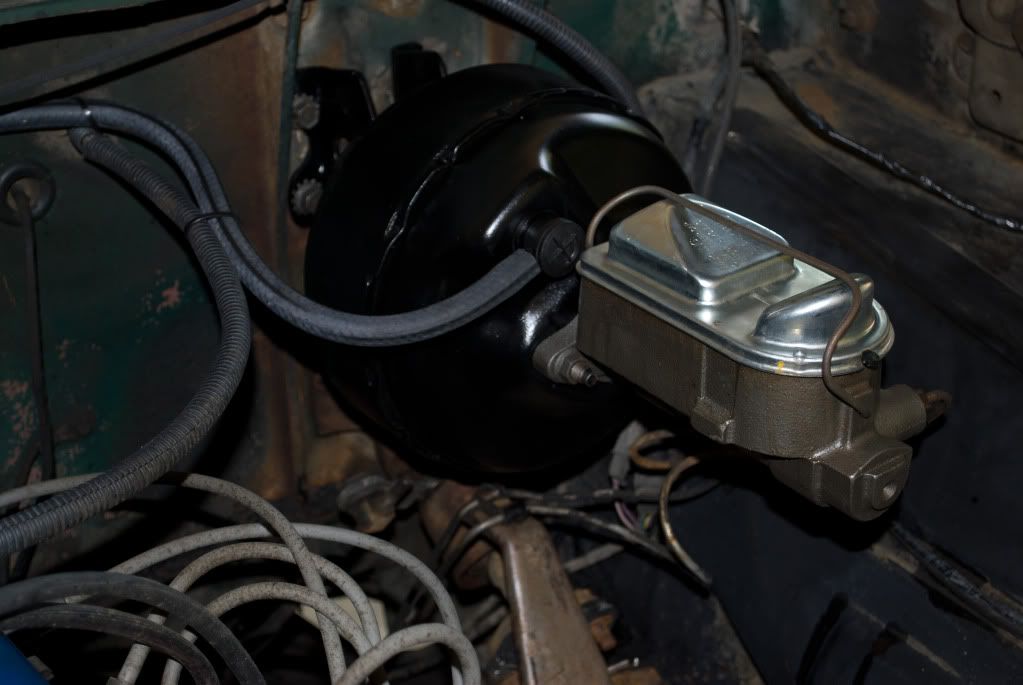 Oreo wrote:
Oreo wrote:
....Ultrastang I know there will be some fabrication required on my part and I do have the flair tools, tubing cutters etc. I was actually going in the direction MustangSteve recommended. The install will be quite a bit easier with the entire drive train out. Should allow me to fit and tuck every line with the body lines. It's not going to be a show car but I do like things nice and clean.
I've fabricated one or two lines before. 

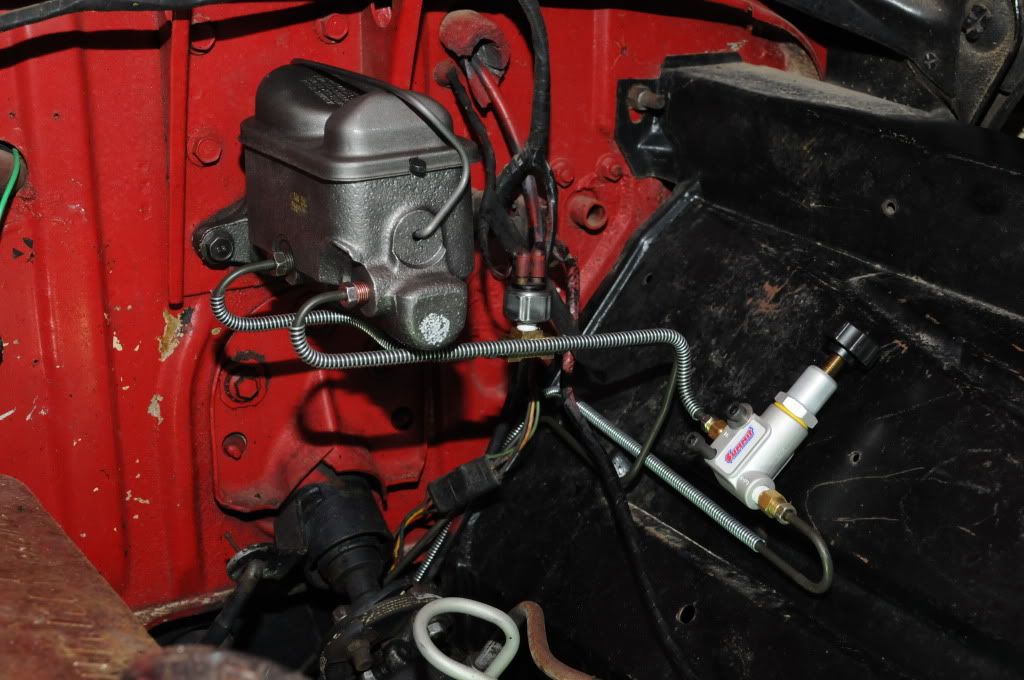
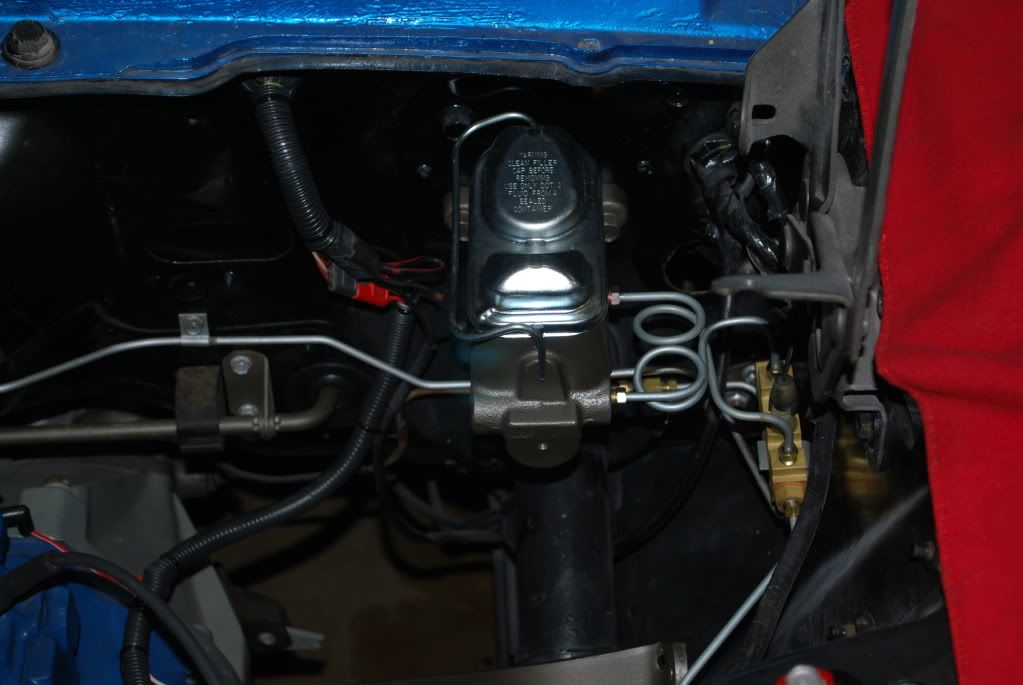
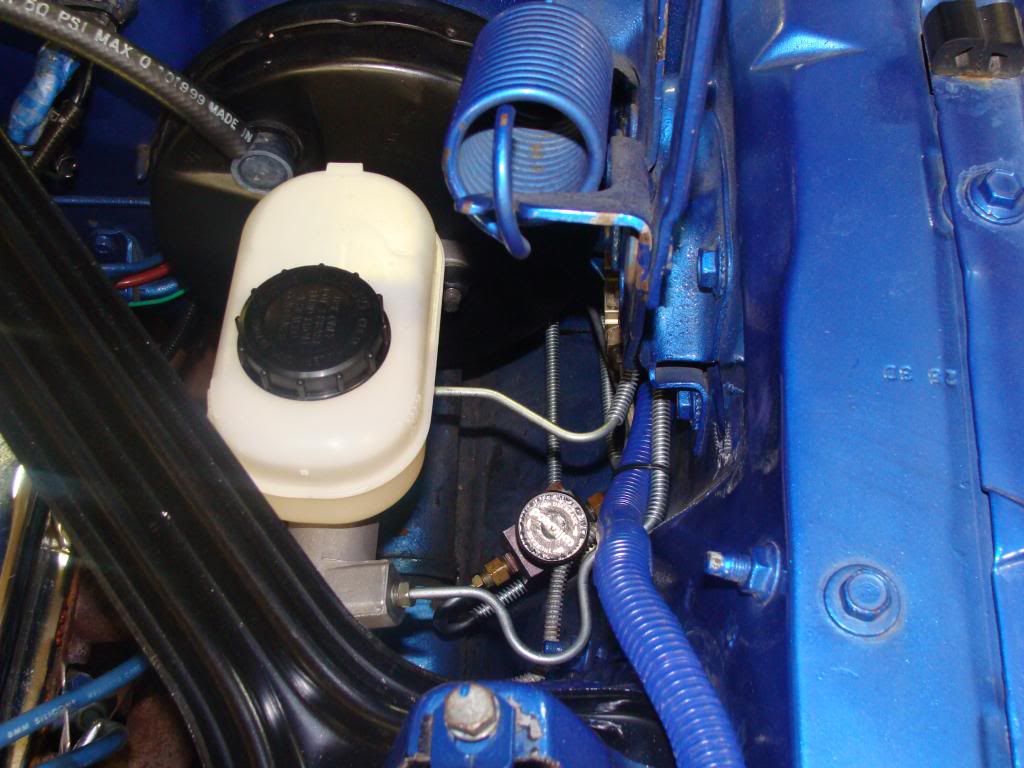

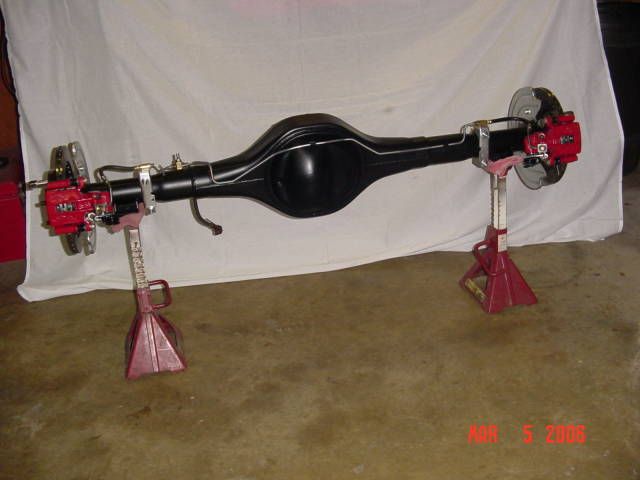
This setup (in photos below) was at a time when I didn't have direct connection brake line fittings to connect straight to the MC ports of this SN95 V6 MC (it uses the same size fittings as the Explorer MC in the very 1st picture above). At the time I was working on this project (late 2003/2004), Glen Buzek and I were working on an SN95 V6/GT rear disc brake conversion bracket for early Mustangs and related Fords.
At the time, I was searching for a suitable 4-wheel disc MC to use with this setup. This involved lots of searching in wreckjng yards, looking at MCs at the parts stores and the Ford dealership and extensive searching on the internet. In 2004, the two most common 4-wheel disc MCS that would turn up in an internet search was either a Mopar MC with an aluminum body and black plastic reservoir or, the Corvette cast iron MC. I didn't want to use either one of these. I wanted to use a modern Ford 4-wheel disc brake MC. It finally dawned on me that the obvious, logical choice for this conversion was to use the SN95 V6 MC designed for these brakes.
I bought a new SN95 Mustang V6 MC from the Ford place, installed and plumbed it up and tested out the rear brake conversion on a '65 Fastback. After everything worked out, I posted several photos of the conversion here and at various Mustang forums when I did this installation in 2004. Before 2004, there was zero information, photos or talk of this MC being used in an early Mustang or related Ford. Today, since I posted these photos back in '04, there's information all over the internet of people using/mentioning an SN95 Mustang MC's use in an old Mustang or Ford.
These are some of the photos of the SN95 Mustang V6 MC and rear disc brakes on a '65 fastback, I posted on the forums 11 years ago.
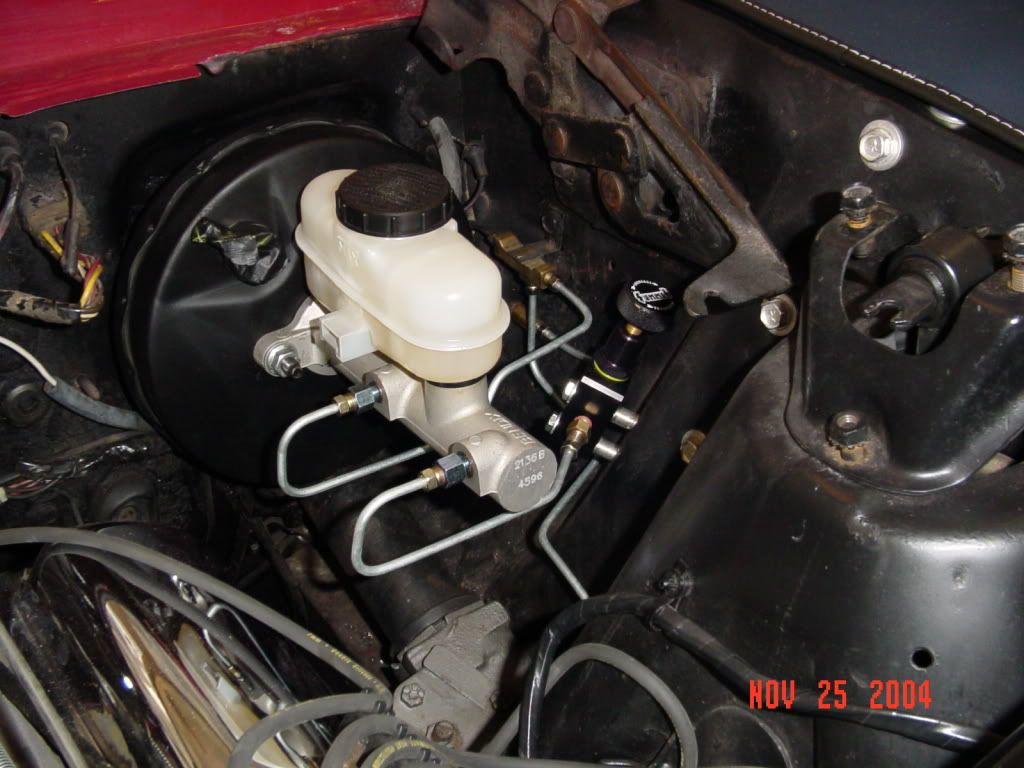

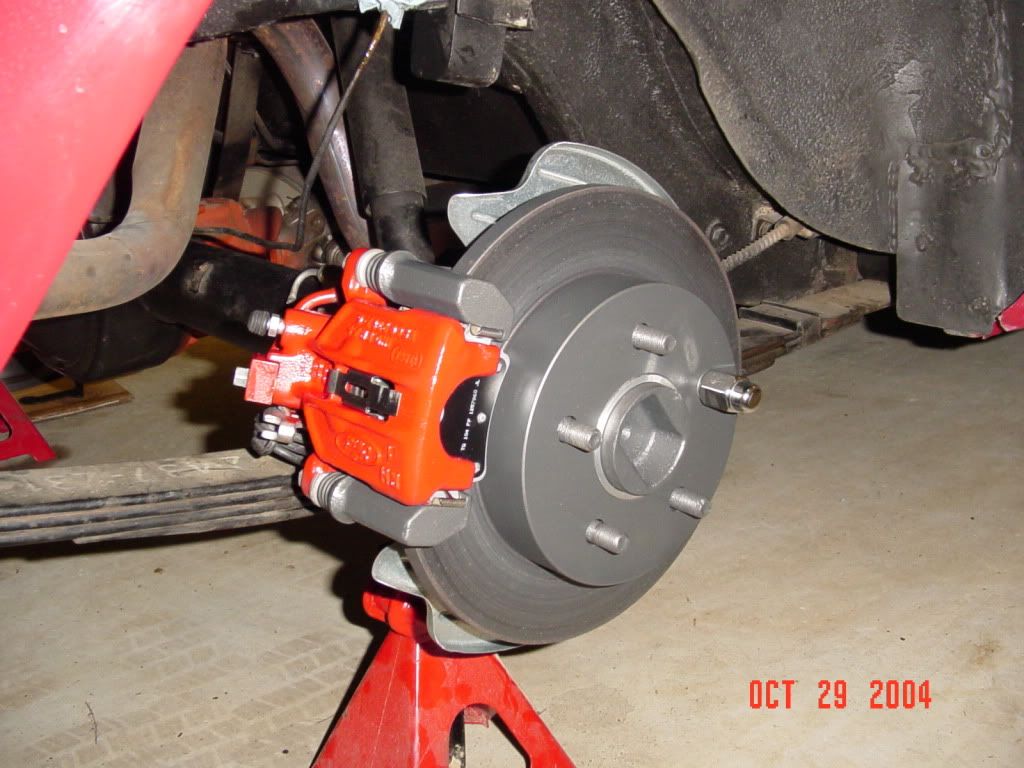
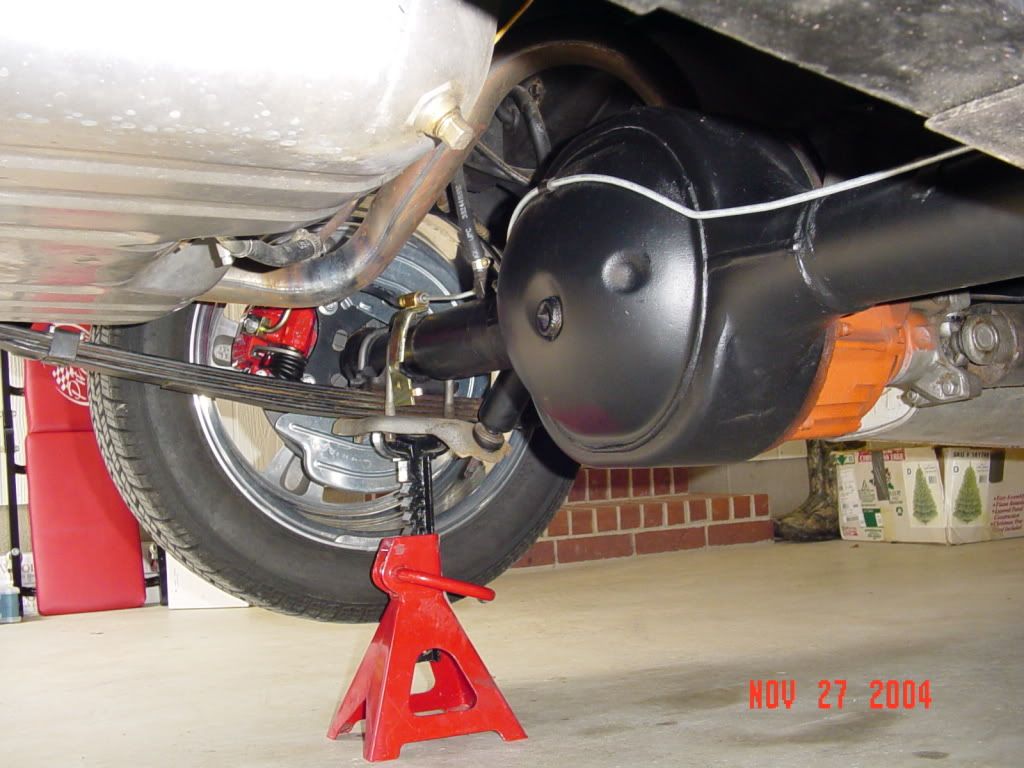

 1 of 1
1 of 1
 MustangSteve wrote:
MustangSteve wrote:









